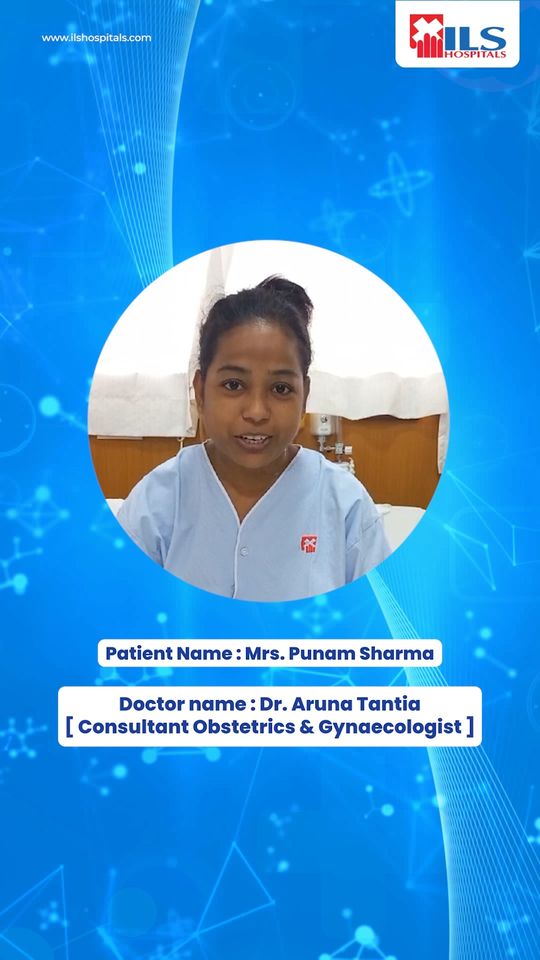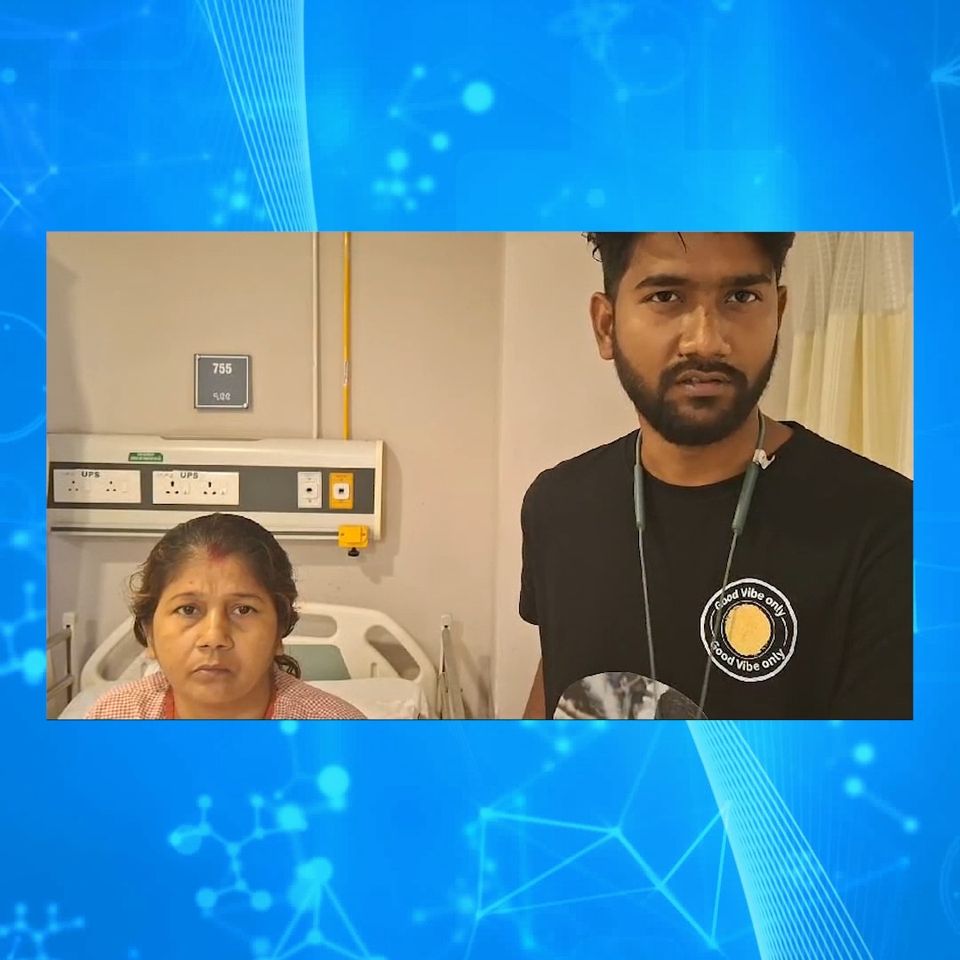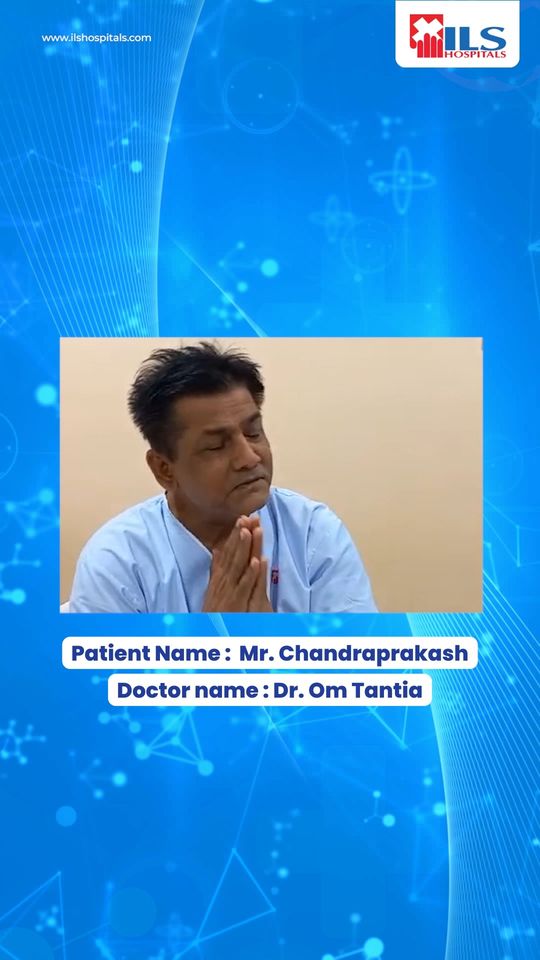Understanding Valvuloplasty: Restoring Heart Valve Health
Valvuloplasty, also known as balloon valvuloplasty, balloon valvotomy, or percutaneous balloon valvuloplasty, is a medical procedure designed to repair a heart valve that has a narrowed opening. This condition, often referred to as valve stenosis, hinders the heart’s ability to pump blood efficiently. Our heart contains four valves: aortic, mitral, tricuspid, and pulmonary valves. These valves open and close sequentially to ensure unidirectional blood flow through the heart. However, valve stenosis results from the thickening and fusion of valve leaflets, leading to reduced blood flow through the affected valve.
Valvuloplasty Symptoms: Identifying Valve Stenosis
- Symptoms of valvuloplasty can be indicative of valve stenosis and may include:
- Chest Discomfort: Often experienced during physical exertion.
- Dizziness: Occurs with physical effort.
- Breathlessness: On exertion.
- Fatigue: Feeling lethargic when active.
- Palpitations: Sensation of rapid and fluttering heartbeats.
When is Valvuloplasty Needed?
Valvuloplasty is a crucial procedure aimed at increasing the opening of a diseased heart valve, including the following valves:
- Aortic Valve Stenosis
- Mitral Valve Stenosis
- Pulmonary Valve Stenosis
- Tricuspid Valve Stenosis
Valvuloplasty is typically recommended by the doctor when severe stenosis in an individual produces specific symptoms.
Preparing for Valvuloplasty:
- Effective preparation is essential for a successful valvuloplasty procedure:
- Consultation with the doctor to understand the procedure and address any queries.
- Consent form: Signing the consent form, providing permission for the procedure.
- Allergies and contraindications: Informing the doctor about any contrast dye allergies or known allergies to specific medications.
- Fasting: Strict fasting for at least four hours before the procedure.
- Medication and supplements: Providing a comprehensive list of all medications, including over-the-counter drugs and herbal supplements.
- Bleeding disorders: Reporting any bleeding disorders or anticoagulant medications (e.g., aspirin) that could impact blood clotting.
- Pacemaker: Informing the doctor about any pacemaker implantation.
- Personal items: Removal of jewellery or other items that might interfere with the procedure.
- Empty bladder: Ensuring that the bladder is empty before the procedure.
- Hair removal: Removal of excess hair at the site where the catheter will be inserted.
Valvuloplasty Procedure:
Valvuloplasty is typically performed under local anaesthesia in a cardiac catheterization laboratory. The procedure involves the insertion of a catheter equipped with a balloon into a blood vessel near the groin area. The catheter is carefully maneuvered to reach the stenosed valve in the heart and is then inflated to expand the valve, thus enhancing blood flow.
The doctor may repeat the inflation and deflation process several times to achieve the desired valve opening. After a successful procedure, the balloon is deflated, and the catheter is removed. Local pressure is applied to the groin area to prevent bleeding, and the patient is advised to keep the leg immobilized for six hours.
Valvuloplasty aims to improve blood flow through the heart, thereby reducing symptoms. However, it’s important to note that there is a possibility of the valve narrowing again, which may necessitate additional valvuloplasty or other heart procedures, such as surgical valve repair or replacement, in the future.
Valvuloplasty Risks:
- Valvuloplasty carries certain associated risks, including:
- Bleeding at the catheter insertion site
- Blood clot formation or injury to the blood vessel at the insertion site
- Significant blood loss, necessitating blood transfusion
- Infection
- Abnormal heart rhythms
- Kidney failure
- Stroke
- New or worsening valve regurgitation
- Valve rupture, which may require open-heart surgery
Recovery after Valvuloplasty: What to Expect
- Post-valvuloplasty recovery guidelines include:
- Abstaining from food until the catheter is removed from the groin.
- Maintaining a straight, leg-extended position for at least six hours after the procedure to prevent bleeding.
- Promptly reporting any signs of fever or bleeding to the nursing staff.
- Adhering to the prescribed medication regimen.
Successful Valvuloplasty substantially alleviates the symptoms of valve disease, offering patients a significantly improved quality of life. The patient can return to most normal activities soon after the procedure. However, driving, returning to work, and resuming exercise or yoga should be discussed with the doctor.
When to Call the Doctor
- Contact your healthcare provider if you experience any of the following after Valvuloplasty:
- Fever of 100 degrees or higher
- Chest pain
- Breathlessness
- Unexplained swelling or sudden weight gain
- Bleeding, swelling, pain, or skin colour changes at the groin insertion site
- Recurrence of previous symptoms
The Road to a Healthier Heart: Valvuloplasty at ILS Hospitals
At ILS Hospitals, we are committed to delivering exceptional cardiac care, including advanced Valvuloplasty procedures. Your heart health is our top priority, and our expert team is dedicated to your well-being.
Other Key Procedures View All
-
Angioplasty
-
Coronary Angiography
-
CT Coronary Angiogram
-
Pacemaker Implantation
-
Valve Replacement Surgery




































